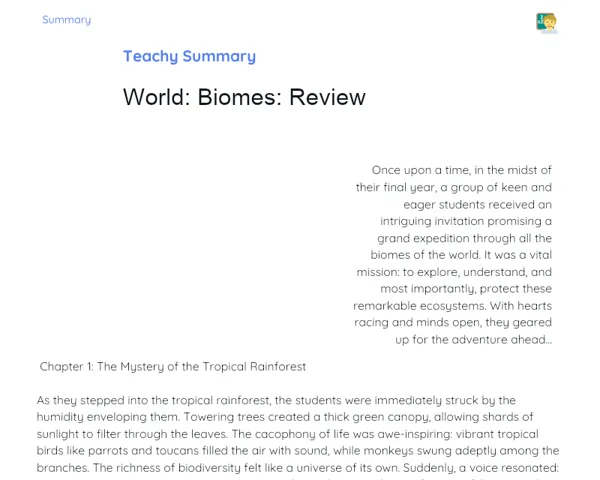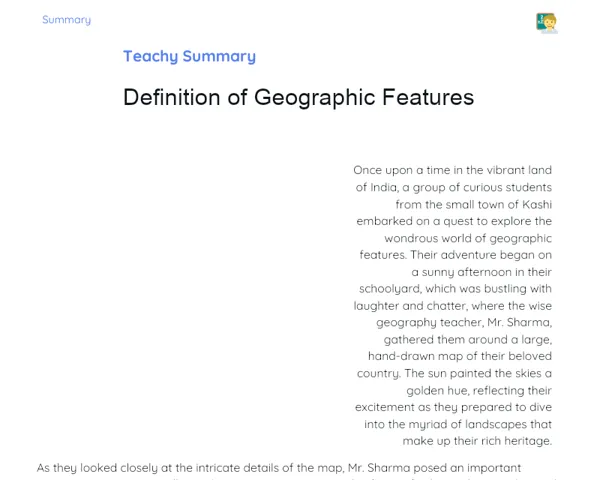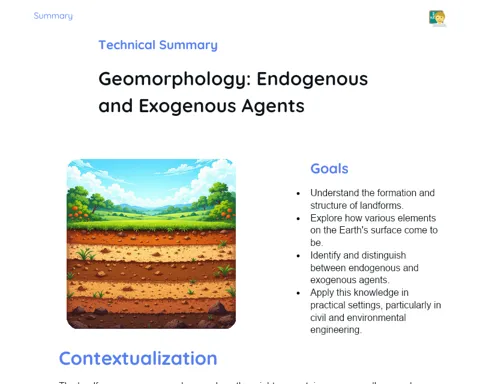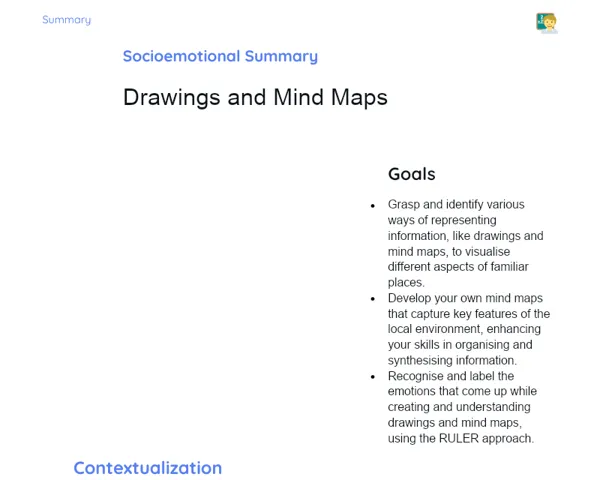Socioemotional Summary Conclusion
Goals
1. Understand how the world split into two major power blocs during the Cold War.
2. Comprehend the ramifications of the USSR's collapse on global geopolitics.
3. Cultivate socio-emotional skills such as self-awareness and decision-making while analyzing the international dynamics of this era.
Contextualization
🔥 Imagine living in a world where two superpowers are vying for global supremacy, without engaging in direct combat. This was the essence of the Cold War, with the United States and the Soviet Union competing for political, economic, and cultural sway across the globe! 🌍 Dive into how emotions like fear and rivalry influenced the decisions of leaders and reshaped the course of history. Let’s embark on this exploration of geopolitics and see how this period resonates with our lives today! 🚀
Exercising Your Knowledge
Historical Context
The Cold War was a time of intense geopolitical, economic, and ideological competition between the United States and the Soviet Union, spanning roughly from 1947 to 1991. During this time, both nations aimed to extend their global reach without direct military engagements, leading to a series of proxy wars, espionage, and an arms race.
-
Division into Blocs: The world was bifurcated into the Western Bloc, led by the US, and the Eastern Bloc, under the USSR.
-
Constant Tension: The apprehension of nuclear war permeated society, impacting the strategies and decisions of world leaders.
-
Policies of Containment and Expansion: The US adopted a policy of containing communism, while the USSR pushed to extend its socialist ideology.
Alignments and Conflicts
Throughout the Cold War, various nations aligned with one of the two blocs, leading to numerous indirect conflicts where each superpower supported opposing factions. These conflicts deeply impacted global history, leading to moments of high tension and substantial social changes.
-
NATO and the Warsaw Pact: The establishment of these military alliances formalized the global division, with each bloc safeguarding its interests and principles.
-
Crises and Wars: Incidents like the Cuban Missile Crisis, the Korean War, and the Vietnam War epitomize the indirect confrontations between the US and USSR.
-
Espionage and Propaganda: Espionage became commonplace, while propaganda was used to advocate ideologies and sway public opinion.
Arms Race and Space Race
The Cold War was characterized by a fierce arms race, with both nations amassing nuclear arsenals capable of cataclysmic destruction. Moreover, the competition extended to space, symbolizing each superpower's technological advancement and ideological supremacy.
-
Nuclear Weapons: The principle of Mutually Assured Destruction (MAD) ensured that both sides maintained an equilibrium of power, warding off direct nuclear conflict.
-
Space Race: Milestones like the USSR's launch of Sputnik and the US's Moon landing underscored the significance of science and technology in the contest for supremacy.
-
Social and Technological Impact: The technological innovations of this period had lasting effects, shaping everything from military technology to advancements in communication and space exploration.
Fall of the USSR and Geopolitical Reconfiguration
The disintegration of the Soviet Union in 1991 marked the conclusion of the Cold War and the dawn of a new world order. This pivotal event had far-reaching implications for global politics, leading to a redistribution of power and the rise of new emerging players.
-
Internal Problems: The USSR faced economic turmoil, glasnost, and perestroika policies, as well as various independence movements that weakened its structure.
-
End of the Cold War: With the fall of the USSR, the US ascended as the pre-eminent superpower, shaping global politics from a unipolar standpoint.
-
New Powers: The European Union and China began to emerge as significant centers of power, indicating a shift towards a more multipolar world.
Key Terms
-
Cold War: A period of geopolitical discord between the US and USSR that defined the latter half of the 20th century.
-
Western Bloc: Countries led by the US, advocating capitalism and liberal democracy.
-
Eastern Bloc: Countries led by the USSR, promoting socialism and communism.
-
NATO: Military alliance of Western nations initiated to counter Soviet encroachment.
-
Warsaw Pact: Military alliance of Eastern Bloc nations in response to NATO.
-
Mutually Assured Destruction (MAD): A power balance doctrine hinging on each side's nuclear capabilities.
-
Space Race: The competition between the US and USSR to achieve advancements in outer space.
-
Glasnost and Perestroika: Policies of transparency and economic reform introduced by Mikhail Gorbachev in the USSR.
-
Geopolitical Reconfiguration: The shift in global power dynamics post-Cold War.
For Reflection
-
How do you believe feelings of fear and insecurity influenced leadership decisions during the Cold War? Cite specific instances.
-
In what manner did technological progress, both in weaponry and space exploration, affect civil society back then?
-
Following the USSR’s fall, the world underwent a shift in geopolitical frameworks. How do you think the adaptability and resilience of nations shaped this transition?
Important Conclusions
-
The Cold War resulted in the world being fragmented into two principal power blocs: the United States heading the Western Bloc and the Soviet Union leading the Eastern Bloc.
-
The arms race and space race were pivotal aspects of this rivalry, leading to significant technological breakthroughs albeit accompanied by a persistent threat of nuclear annihilation.
-
The disintegration of the USSR in 1991 heralded a new global geopolitical landscape, culminating in a new world order and the rise of fresh regional influencers.
-
Emotions such as fear, insecurity, and competitive spirit greatly impacted the decisions made by world leaders during the Cold War era.
Impacts on Society
The Cold War continues to wield considerable influence in today's world. The dichotomy established during that period has left enduring legacies in international relations, such as the significance of military alliances (e.g., the ongoing relevance of NATO) and the proliferation of nuclear armaments. Furthermore, the technological strides made during the space race bear direct implications for our daily lives, from communication satellites to ongoing advancements in space exploration technologies.
From an emotional standpoint, grasping the tensions and uncertainties of the Cold War fosters empathy and resilience when addressing contemporary conflicts. The fear of the unpredictable and the necessity for cooperation remain universal themes that can be applied to current global crises and modern geopolitical rivalries. Reflecting on these facets can enhance our capacity to manage emotions in stressful situations and rapid changes.
Dealing with Emotions
To hone your socio-emotional skills, I suggest the following exercise: At home, carve out a quiet moment to introspect about how you would feel living in a divided world akin to that of the Cold War. Acknowledge the emotions that surface — whether it's fear, anxiety, curiosity? Then, delve into the reasons behind these feelings and their potential impact on your everyday choices. Accurately label these emotions and note them down in a journal. Consider how you might appropriately express these emotions, and reflect on strategies to manage them effectively. This practice will empower you with a deeper understanding and mastery over your emotions while studying.
Study Tips
-
Create a mind map outlining the principal alliances and significant events of the Cold War. Use different colors to depict the power blocs, key events, and geopolitical shifts post-USSR's collapse.
-
Watch documentaries or films centered on the Cold War to visualize and gain a deeper insight into the historical context. For example, '13 Days' about the Cuban Missile Crisis or 'The Cold War' by CNN.
-
Engage in online forums or study groups to discuss this topic with peers. Sharing viewpoints and debating ideas can enhance your understanding and engagement with the subject.



